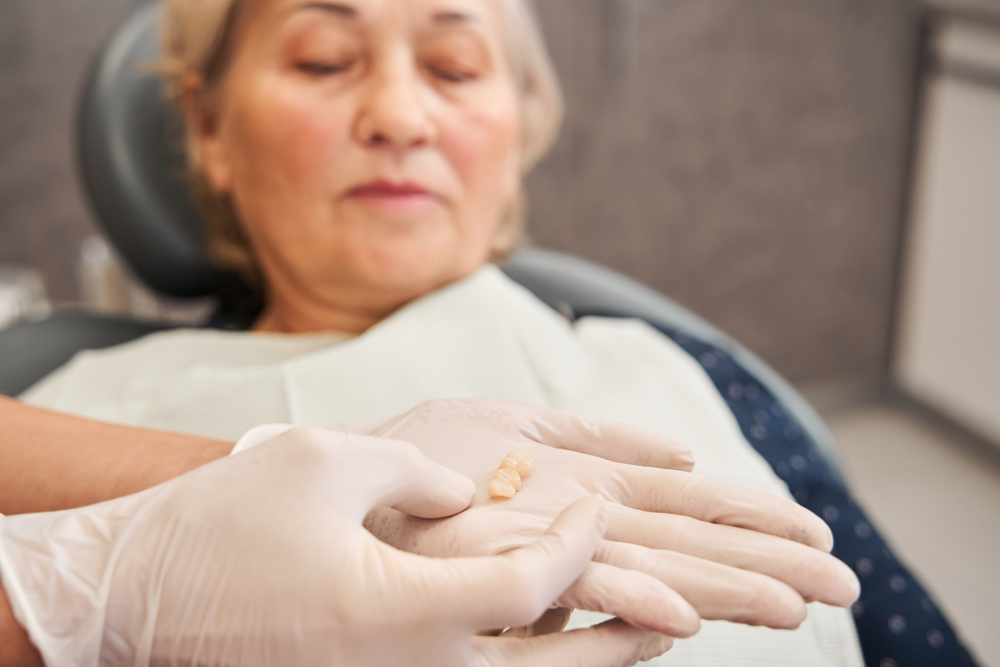Losing a tooth due to decay, injury, or overcrowding is stressful enough. Even after the procedure is over, many people worry: “Is this pain normal? How long will it take to heal?”
Knowing how healing occurs can help to alleviate anxiety and allow you to better care for your mouth.
Knowledge of what happens before, during, and after the recovery process is key to experiencing this as an uncomplicated and smooth process if you seek tooth extraction in South Edmonton.
What to Expect Immediately After a Tooth Extraction
Immediately after a tooth extraction, your mouth will naturally form a blood clot in the empty socket. This clot protects the bone and nerves while healing begins. You might notice:
- Slight bleeding or oozing for a few hours
- Mild to moderate pain or soreness
- Swelling around the extraction site
- Sensitivity in neighbouring teeth
These symptoms are normal and usually get better after a few days.
The Tooth Extraction Healing Process
The healing process following the extraction of a tooth may vary in terms of the tooth, the complexity of the extraction, and your overall health. Here’s a rough timeline:
- First 24 hours: A blood clot forms, bleeding stops, and the pain peaks but is manageable with the medication prescribed or over-the-counter pain relief.
- Days 2–3: Slight increase in swelling and tenderness, then beginning to subside; bruising may also become more prominent.
- Days 4–7: Most soft tissues begin to close, and discomfort is greatly diminished.
- Weeks 2–3: Healing of the gum tissue; you may notice that the site is beginning to become smoother.
- 1–2 months: Bone starts filling the socket, thus finishing the deep healing phase.
If you wonder about how long tooth extraction takes to heal, the simple answer is that the soft tissue usually heals in 1–2 weeks, while total bone healing takes several months.
Tips for an Easy Recovery
Following some simple tips for recovering after a tooth extraction will help speed the healing process and avoid complications:
- Bite gently on gauze to control bleeding in the first few hours.
- Avoid drinking through a straw or smoking for 48 hours
- Oral hygiene should be maintained; however, avoid brushing on the extraction part directly for the first two days.
- Apply ice packs to reduce swelling in the first 24 hours.
If you follow the above-listed tips, you can experience a quick healing after tooth extraction.
When Should You Call a Dentist?
While a little discomfort is normal, you should be aware of the following complications:
- Severe or increasing pain after the first few days
- Prolonged bleeding beyond 24 hours
- Pus, bad taste, or foul odor
- Swelling that worsens after the first 48 hours
- Numbness that doesn’t improve
These are signs of complications after tooth extraction and should be your cue to call your dentist in South Edmonton or near you immediately.
Restorative Options to fill Gaps
Once the mouth has healed, a dentist will discuss options for restoring the space left by the extracted tooth.
Crowns, bridges, and implants protect the surrounding teeth and help maintain proper alignment of your bite.
These options should be considered with a dentist near you to make sure of your long-term oral health.
Keep Your Smile on Track
Tooth extraction does not have to be anything to be afraid of. Knowing the healing process, tips for aftercare, and warning signs will help one recover from a tooth extraction smoothly.
Our team at Jagare Ridge Dental guides our patients through the process, from extraction to full recovery.
By offering you oral care with tender attention, clear explanations, and personalized follow-up, we ensure your health and a continued sparkling smile.
Don’t wait until discomfort becomes a concern; instead, reach out today for guidance and support from our clinic.
Book an appointment today and keep your smile healthy and bright!
📍 Find us easily on the Google map and plan your visit today!
